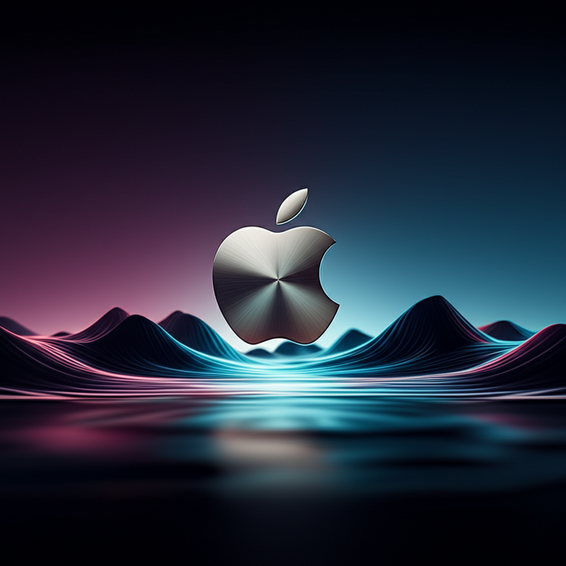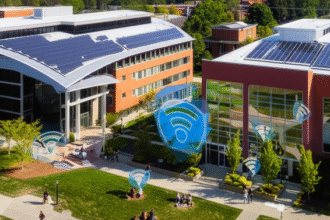In today’s fast-evolving tech landscape, Apple has emerged as a pivotal player not just in consumer electronics but also in the broader field of digital infrastructure and innovation. This blog post delves into how Apple is contributing to advancements that shape our digital future.
Apple’s Impact on Digital Infrastructure
Apple’s influence extends beyond its hardware offerings into fundamental digital infrastructure. The company has heavily invested in cloud computing, data center capabilities, and networking technologies. For instance, its iCloud services facilitate an ecosystem that drives seamless integration between users’ devices and enhances accessibility, reliability, and security in data management.
One significant infrastructure project is Apple’s push into renewable energy, which powers its data centers and corporate facilities. By employing solar and wind power, Apple is setting a standard for sustainability in tech operations and emphasizing the importance of environmentally responsible practices in digital infrastructure.
Driving Innovation through Software and Services
Beyond hardware, Apple’s software ecosystem, including platforms like iOS and macOS, fosters a developer-friendly environment. The App Store is a prime example of how Apple creates a vibrant app economy that encourages innovation. By providing developers with powerful tools like Swift and Metal, Apple supports the creation of advanced applications that utilize state-of-the-art technologies such as AI, augmented reality (AR), and machine learning (ML).
Furthermore, Apple’s advancements in privacy have set it apart as a leader in protecting user data, which is vital as technology continues to evolve and digital landscapes grow ever more complex.
Real-World Applications of Apple’s Technology
Industries across the board benefit from Apple’s innovative technologies. For instance, in healthcare, Apple’s HealthKit and ResearchKit empower developers to create apps that enhance patient care and facilitate medical research. Similarly, in education, Apple offers solutions such as iPads and educational apps that are tailored for learning environments, making technology more accessible to students.
Moreover, Apple’s partnership with organizations to drive technological change illustrates its commitment to enhancing user experience. Initiatives like this help bridge gaps in connectivity and access to essential services, particularly in underserved communities.
Conclusion: Embracing the Future
In summary, Apple is not just a tech giant; it’s an architect of innovation and digital infrastructure that will define the future. By continuously pushing boundaries, investing in sustainable solutions, and cultivating a robust ecosystem for developers, Apple is at the forefront of technological evolution. As we move forward, its role will only become more pivotal in shaping how we connect, work, and interact with technology.








